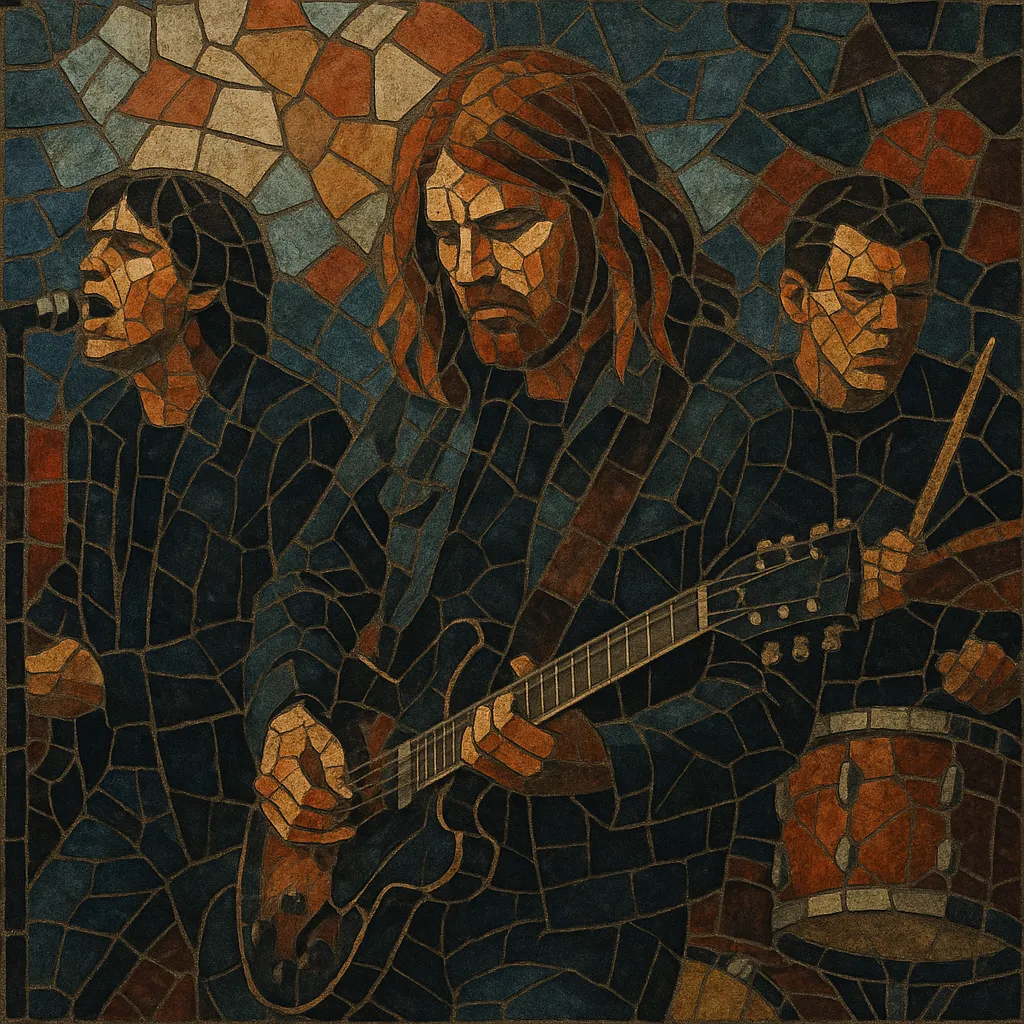Norsk rock refers to rock music from Norway, typically performed by Norwegian bands and often sung in Norwegian or regional dialects. It blends global rock idioms with distinctly Norwegian sensibilities, such as storytelling about everyday life, social issues, and a subtle sense of northern melancholy.
Musically, norsk rock ranges from rootsy blues-rock and 70s-inspired classic rock to post-punk, alternative, and neo-psychedelia. Hallmarks include guitar-driven arrangements, strong choruses, and a balance between raw energy and melodic craft. Regional scenes in Oslo, Trondheim, Bergen, and Stavanger helped shape its diverse sounds.
Over time, the genre became a cultural institution in Norway, with iconic bands defining generations and inspiring newer waves that connect local identity with international rock trends.
Early Norwegian rock bands in the 1960s adapted British and American rock and roll, beat music, and blues rock to local stages. By the 1970s, artists increasingly embraced the Norwegian language, grounding the sound in local culture while drawing on folk and progressive currents.
A wave of Norwegian-language rock acts cemented norsk rock as a national phenomenon. Acts from Oslo and Trondheim popularized sharp, guitar-forward arrangements and down-to-earth lyricism, building a lasting live circuit and radio presence.
The 1990s saw stylistic expansion: alternative rock, post-punk revivalism, and neo-psychedelia flourished alongside grittier garage and punk-inflected bands. Some groups gained international cult followings, helping position Scandinavia as a hotspot for energetic, hook-savvy rock.
Norsk rock continued to evolve with adventurous production, dialect-rich songwriting, and hybridization with folk, indie, and heavier styles. Veteran bands remained major draws while younger acts refreshed the tradition, sustaining a vibrant festival and venue ecosystem across Norway.


